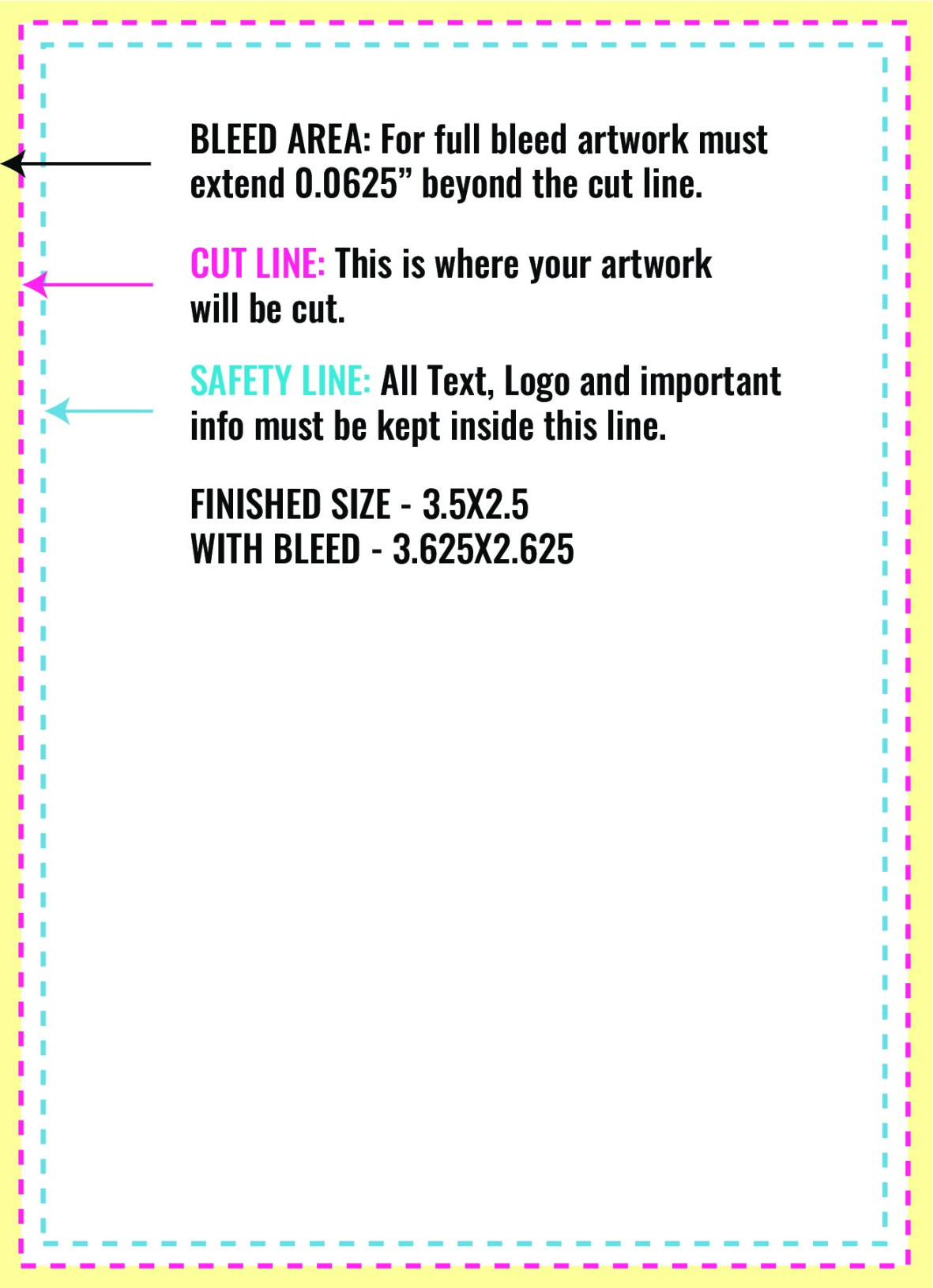Understanding the Dimensions
The standard size for a baseball Card is 2.5 inches by 3.5 inches. This format has been used for decades, making it universally recognized and accepted within the baseball card collecting community. Adhering to this standard size ensures your cards are compatible with existing card holders, albums, and display cases.
Designing the Layout
The layout of your baseball card significantly impacts its overall appearance and professionalism. A well-designed layout effectively showcases the player’s information and image. Consider the following elements:

Player Image: The player’s image should be the focal point of the card. Ensure it’s high-quality, clear, and well-lit. Position it prominently in the center or top of the card.
Incorporating Design Elements for Professionalism and Trust
To convey professionalism and trust, consider incorporating the following design elements:
Typography: Choose fonts that are clean, legible, and appropriate for the card’s theme. Avoid overly ornate or difficult-to-read fonts.
Creating a Memorable Design
A memorable baseball card design goes beyond simply presenting the player’s information. It tells a story and captures the essence of the player’s career. Consider the following tips:
Thematic Elements: Incorporate elements that are relevant to the player’s career, such as a significant moment or achievement.
By carefully considering these factors, you can create a baseball card size template that is both visually appealing and professionally designed. A well-crafted template will not only showcase the player’s information but also enhance the overall value and collectability of your cards.